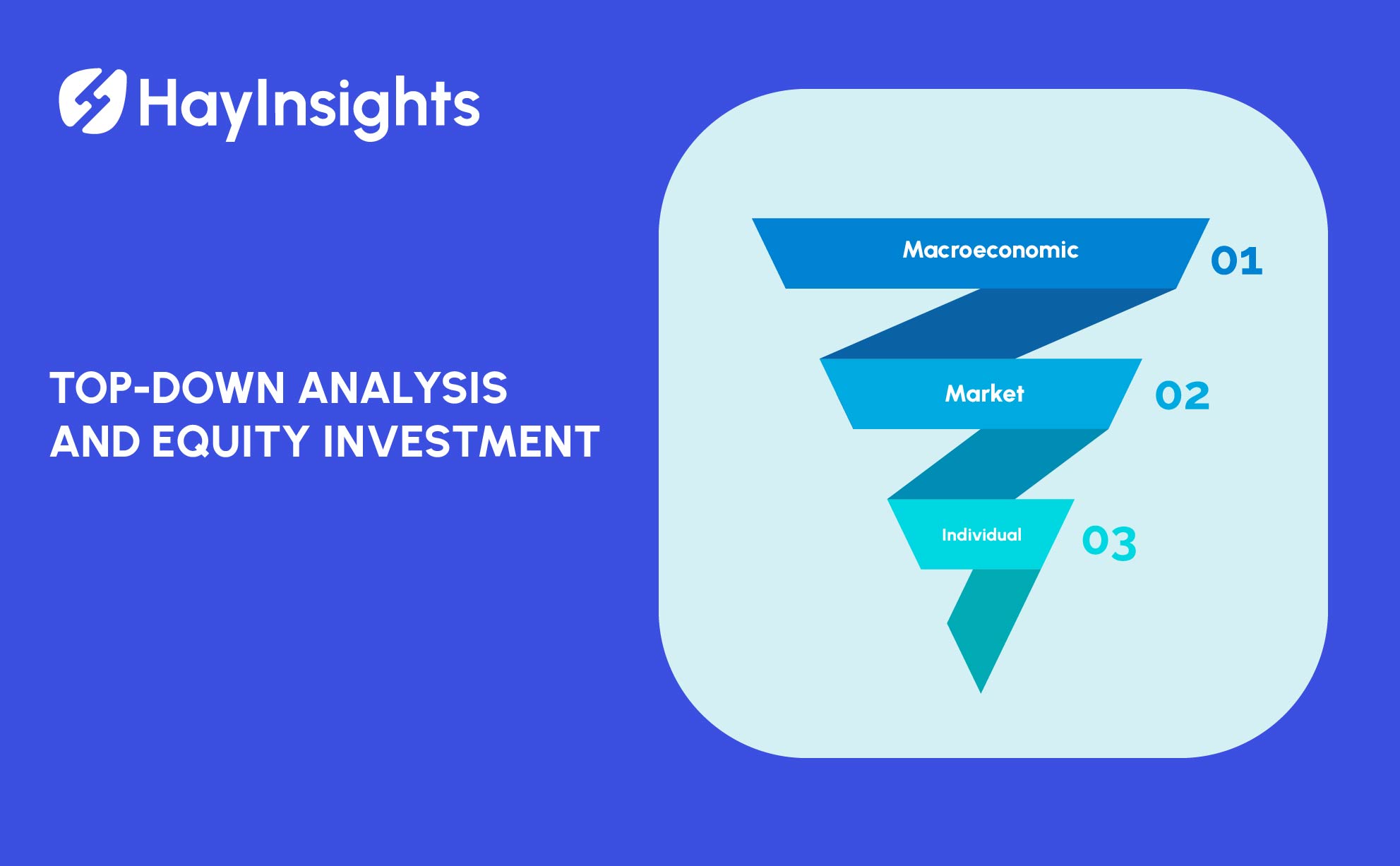
Pension Insurance in Japan: A Comprehensive Guide to Securing Your Financial Future Today 2025
Pension insurance in Japan represents a critical pillar of the nation’s social security framework, offering essential financial protection to retirees, disabled individuals, and survivors of deceased insured persons. In a country experiencing one of the fastest aging populations worldwide, the sustainability and efficiency of this system carry profound implications for millions of residents. Understanding how pension insurance operates in Japan—its structure, contribution methods, benefits, and reforms—is vital for anyone living, working, or planning retirement in the country. This article delves deeply into these aspects, providing a thorough and SEO-optimized examination.
Understanding the Structure of Japan’s Pension System
Japan’s public pension system is primarily composed of two interconnected tiers: the National Pension (Kokumin Nenkin) and the Employees’ Pension Insurance (Kosei Nenkin). Each plays a unique role in addressing the diverse needs of Japan’s population and is tailored to different employment categories. The National Pension serves as the basic universal pension, aimed at all residents aged 20 to 59, encompassing self-employed persons, students, unemployed individuals, and part-time workers who are not covered under employee-based schemes. This tier operates on a flat-rate contribution basis, requiring each participant to pay a fixed monthly premium irrespective of their income level. The basic pension benefit received upon retirement is uniform, providing a financial safety net designed to guarantee a minimum standard of living.
In contrast, the Employees’ Pension Insurance is targeted at individuals engaged in salaried employment within both the private and public sectors. Contributions under this scheme are income-dependent, calculated as a percentage of monthly earnings—currently around 18.3%—and split equally between the employer and the employee. This earnings-related approach allows retirement benefits to more closely reflect the individual’s career income, thereby offering a higher replacement rate than the basic pension alone. Together, these two tiers create a layered pension system, ensuring coverage that ranges from a universal base benefit to income-reflective payments for working professionals.
Contributions and Eligibility Criteria
The funding of pension insurance in Japan relies heavily on mandatory contributions from insured individuals and their employers, supplemented by government subsidies. For the National Pension, every participant pays a uniform monthly premium, which is approximately 16,610 yen as of recent years. Meanwhile, the Employees’ Pension Insurance contributions fluctuate in proportion to salary, with employers and employees each responsible for roughly half. This dual contribution mechanism not only distributes the financial burden but also links benefits more directly to lifetime earnings for employed workers.
To become eligible for pension benefits, insured persons must fulfill a minimum contribution period. Historically, Japan required at least 25 years of contributions, but reforms have lowered this threshold to 10 years to broaden access and address gaps caused by changing employment patterns. Contributions must be made continuously or intermittently over these years, and any gaps may affect the amount of pension received. Once eligibility is established, individuals typically begin to receive benefits at age 65, the statutory retirement age. However, the system allows for some flexibility: beneficiaries can opt for early retirement starting at age 60, which results in reduced monthly benefits, or delay claiming beyond 65 to increase monthly payouts, providing options that can suit diverse financial needs.
Types of Pension Benefits
Japan’s pension insurance system provides various types of benefits that extend beyond the basic retirement pension. The most common benefit is the retirement pension, designed to replace a portion of pre-retirement income and ensure financial stability during one’s senior years. For those who have paid contributions over the required minimum period, the National Pension guarantees a fixed annual payout, roughly 780,000 yen for those with full contributions. In addition to this, recipients of the Employees’ Pension Insurance receive supplemental benefits based on their income history, resulting in more substantial retirement income.
Besides retirement pensions, the system also offers disability pensions and survivors’ pensions, which are crucial for maintaining economic security among vulnerable groups. Disability pensions provide support to insured persons who, due to illness or injury, are unable to continue working. These benefits help cover living expenses and medical costs, reducing financial hardship. Survivors’ pensions support the family members of deceased insured individuals, including spouses and dependent children. This comprehensive scope ensures that the pension insurance system functions as a broad safety net, addressing not only retirement needs but also unforeseen life events.
Challenges Facing Pension Insurance in Japan
Despite its robust design, pension insurance in Japan faces formidable challenges largely stemming from demographic shifts. Japan has one of the world’s longest life expectancies and simultaneously one of the lowest birth rates, resulting in a rapidly aging society with a declining working-age population. This demographic imbalance means fewer contributors supporting an increasing number of beneficiaries, straining the financial resources of the pension funds. The traditional pay-as-you-go system, where current workers’ contributions finance retirees’ benefits, is under pressure as the ratio of contributors to pensioners diminishes.
Compounding these demographic issues is the rise in non-regular employment, such as part-time or contract work, which often results in inconsistent or lower contributions to the pension system. This trend has increased coverage gaps, making it more difficult for some workers to qualify for full pension benefits. Moreover, prolonged economic stagnation and low wage growth have impacted contribution levels and raised concerns about whether public pensions alone can provide adequate retirement income for future generations. Addressing these issues requires both policy innovation and behavioral change at individual and institutional levels.
Reforms and Future Directions
Recognizing the critical challenges facing the pension system, the Japanese government has implemented a series of reforms aimed at enhancing sustainability and expanding coverage. One significant reform has been the gradual increase of the pensionable age beyond 65, aligning with increased life expectancy and encouraging longer workforce participation. Adjustments to contribution rates and benefit calculations have also been introduced to balance fiscal pressures with the need to maintain adequate income replacement.
To complement public pensions, policy measures encourage private savings and employer-sponsored pensions. Defined contribution plans and corporate pensions have gained popularity as supplementary retirement income sources. Tax incentives and public awareness campaigns aim to motivate individuals to participate actively in these private schemes, reducing reliance on government-funded pensions. Such diversification in pension income streams is viewed as vital to cushioning the impact of demographic and economic shifts.
Digital Innovations in Pension Administration
Technological advancements have brought significant improvements to pension insurance administration in Japan. The introduction of the My Number system, a unique identification number assigned to every resident, has streamlined record management and benefit processing. Through integrated digital platforms, insured persons can access detailed information about their contributions, apply for benefits, and receive notifications efficiently. These innovations have reduced administrative overhead, minimized errors, and improved transparency, enhancing user experience and trust in the system. As Japan moves forward, continued digital modernization will be key in adapting the pension system to evolving societal needs.
Conclusion: Navigating the Future of Pension Insurance in Japan
Pension insurance in Japan stands as a cornerstone of social welfare, providing essential financial security amid the country’s shifting demographic landscape. While the system’s foundational structure is robust, demographic and economic pressures pose significant sustainability challenges. Through ongoing reforms, promotion of private pension options, and embracing digital technology, Japan is striving to maintain a viable and effective pension system for current and future generations. For individuals, understanding the nuances of this system and actively planning retirement savings remain crucial steps toward securing a stable financial future in one of the world’s most aging societies.














